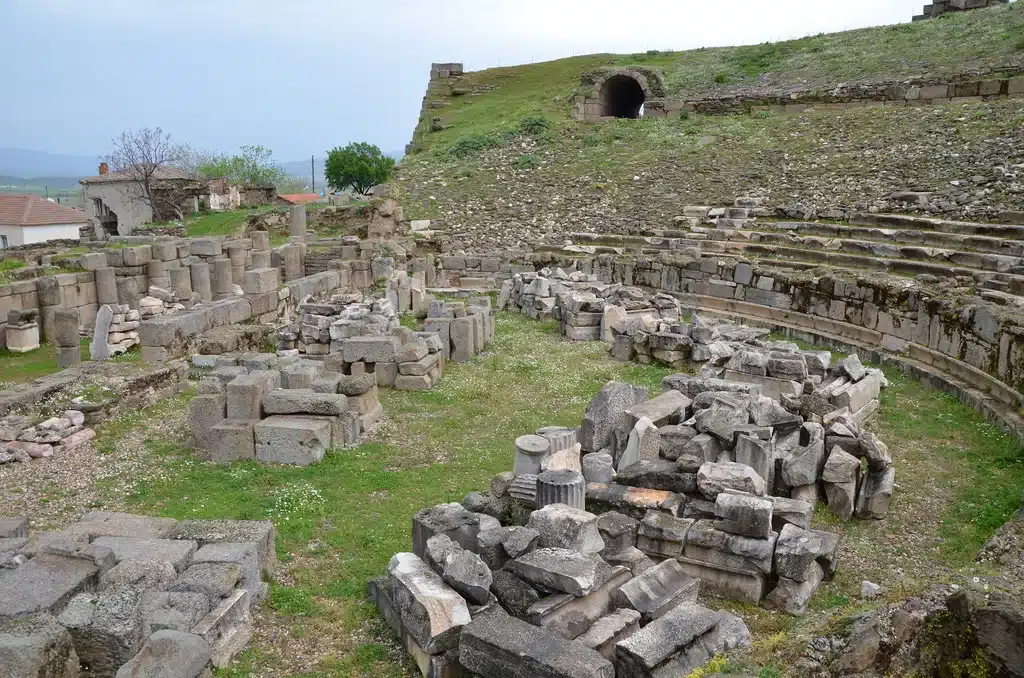What is a Forest Fire and Why Does it Occur?
A forest fire refers to the uncontrolled burning of vegetation such as trees, shrubs, and grasses within a forest cover. Capable of causing significant alterations and damage to natural ecosystems, these fires can originate from both natural and anthropogenic reasons. Forest fires inflict harm not only on the vegetation and wildlife but also on human settlements and overall air quality.
Causes of Forest Fires
The origins of forest fires can generally be categorized into natural and human-induced causes.
Natural Causes
- Lightning Strikes: One of the most common natural triggers is lightning striking dry forested areas.
- Volcanic Activity: Contact between lava and hot ash with vegetation can ignite fires.
- Spontaneous Combustion of Vegetation: Under extreme hot and dry conditions, plant materials can ignite on their own.
Human-Induced Causes
- Land Clearing: Deliberate burning of forested areas for agricultural land or construction.
- Stubble Burning: Uncontrolled fires during the burning of plant residues in agricultural fields.
- Negligence and Accidents: Unattended campfires, discarded cigarette butts, or mishandling of fire can initiate wildfires.
- Arson: Intentionally set fires.
How Do Forest Fires Form?
The formation of forest fires occurs when the trio of combustible material, oxygen, and an ignition source converge. The following factors influence fire initiation and spread:
- Temperature: Higher temperatures facilitate the start and spread of fires.
- Humidity: Lower humidity levels make plant materials more susceptible to ignition.
- Wind: Strong winds assist in the rapid spread of fires.
- Combustible Material: Dry grass, leaves, and branches are easily ignitable.
How Can Forest Fires Be Prevented?
Preventing forest fires requires measures at both individual and community levels:
Awareness and Education
- Informing the public about forest fires and prevention methods.
- Organizing educational programs on forest fire management.
Preventive Measures
- Implementing fire bans in forested areas.
- Establishing fire lookout towers and enhancing early warning systems.
- Maintaining forest roads and firebreaks and ensuring access to water sources for firefighting.
Firefighting Efforts
- Forming rapid and effective firefighting teams.
- Modernizing firefighting equipment and vehicles.
- Conducting post-fire rehabilitation to aid in forest recovery.
Forest fires pose a significant threat to both natural life and human safety. Therefore, preventing and efficiently managing these fires is a collective responsibility, crucial for safeguarding our environment and communities.





